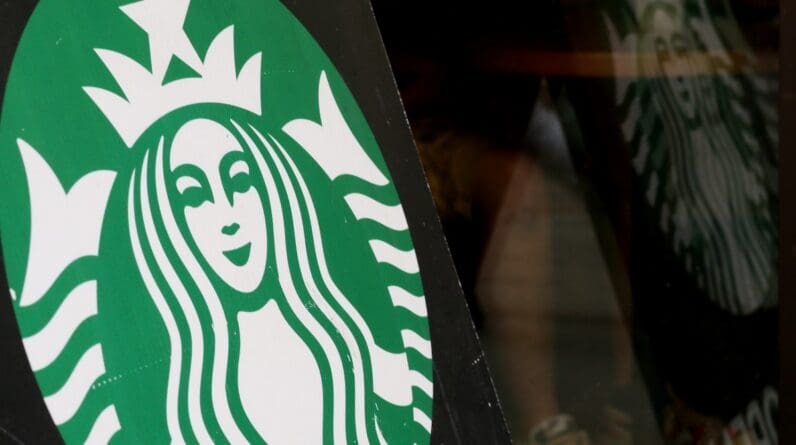
Update: Starbucks announced Friday that it’s discontinuing its NFT program, which was in beta, to “prepare for what comes next as we continue to evolve the program,” according to an FAQ page.
We spoke with Steve Kaczynski, the program’s lead, on the Chain Reaction podcast last month. On Friday, he tweeted that his future at the company was uncertain:
Below is our original interview with Kaczynski from February 22:
The NFT space may be down substantially from all-time highs, but brands and loyalty programs looking to reach fans in new ways can still find value, said Steve Kaczynski, co-author of the book “The Everything Token” and community lead for Starbucks Odyssey.
“Brand anchors” to gated areas like reward programs are something that companies will expand upon in 2024, he said. “I think this year we’re going to see a lot of community-based brand building,” he shared on TechCrunch’s Chain Reaction podcast.
Starbucks launched Starbucks Odyssey in 2022 as its initial foray into the web3 world. The experience combined the company’s Starbucks Reward loyalty program with NFTs to enhance customer experiences, TechCrunch previously reported.
“We’re able to help people find their tribe,” Kaczynski said. “I’ve seen that people who live in California in the Starbucks Odyssey community are really good friends with people in Chicago and they have met up in real life at times. This never would have happened if not for web3.”
The loyalty program has a five-tiered system with over 58,000 active participants at least on level one, Kaczynski said. “I can promise you those aren’t mostly or all web3 native people … it’s not just web3 people who are participating.”
Those who hit tier five of the program bought a “decent amount” off the secondary marketplaces, Kaczynski said. In December, for example, Starbucks announced that it’s sending the top 20 participants to Costa Rica to visit the coffee giant’s farms where beans are produced.
There are other “third-party utilities” to be developed through NFTs, not just by big companies like Starbucks or Nike but by local businesses that want to spin up loyalty programs or use tickets as an asset they can anchor and incentivize.
Kaczynski brought up this example: Let’s say Hot Pockets, the food brand, put out a promotion where it would give a 20% discount to gamers if they bought the brand’s Fortnite skin and connected it to a crypto wallet. “The purchaser is happy, the eater is happy and they get a discount and they’re in the ecosystem,” he said. “This person isn’t just a gamer, they’re an active gamer who’s participating and willing to spend disposable income on third-party things.”
When people think of NFTs, they often think of just expensive monkey pictures on the internet — and to be fair, that’s one part of it with Bored Ape Yacht Club — but there’s more value to be held in owning NFTs, Kaczynski says.
“Imagine you go into a museum and you see a beautiful painting on the wall, you can take a picture of that painting but it’s not worth any money. The picture on the wall is worth money because the museum owns it, it’s the original and they can prove both of those things,” Kaczynski said. “Up until recently you couldn’t do that with digital items” until NFTs came out.
Brands and companies having the ability to buy and sell and “truly own your loyalty is a new concept that makes it less one-way,” Kaczynski said. “While not all the community members engage in buying and selling … I think for a lot of people, having that optionality is so important.”
This story was inspired by an episode of TechCrunch’s podcast Chain Reaction. Subscribe to Chain Reaction on Apple Podcasts, Spotify or your favorite pod platform to hear more stories and tips from the entrepreneurs building today’s most innovative companies.
Connect with us:
On X, formerly known as Twitter, here.
Via email: [email protected]







